Dr. Lera’s Corner
Stay informed on your pet’s care with our blog from Dr. Lera of the Heron Lakes veterinary team.
Veterinary Blog
Check out the latest educational articles and tips recommended by Dr. Lera!
Blogs

The Cost of ACL Surgery for Dogs: What Pet Owners Should Expect
Key Takeaways: Average ACL Surgery Cost: Prices vary by procedure—lateral suture repair ($1,500–$3,000), TPLO ($3,000–$6,000), and TTA ($3,000–$5,000). Factors That Affect Cost: Surgery type, vet expertise, location, diagnostics, and post-surgical care influence total...
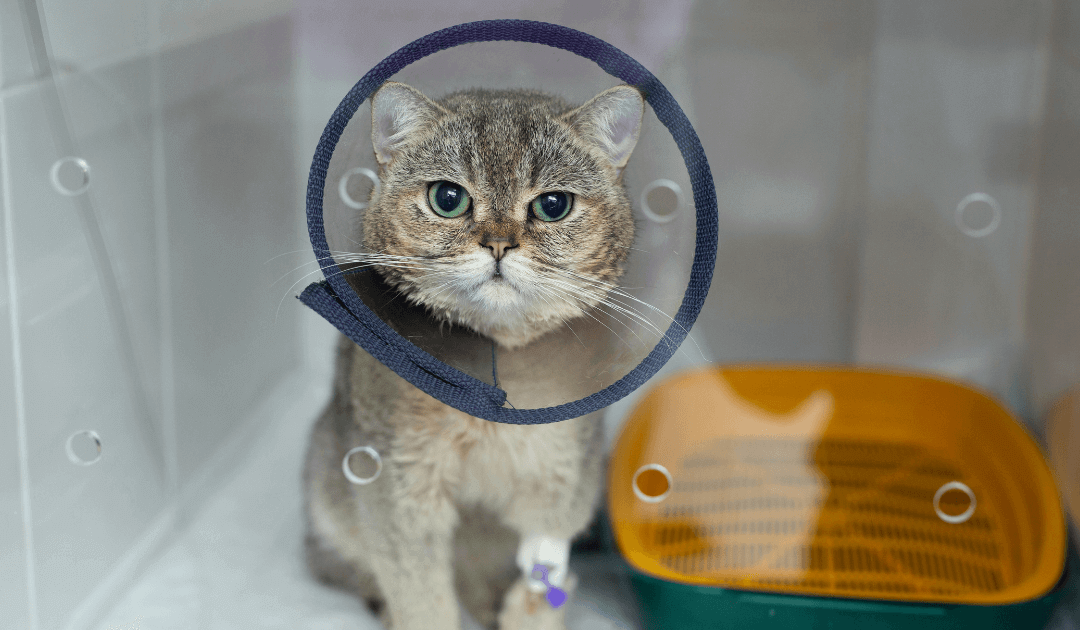
Rehab & Recovery: How to Help Your Pet Heal After Surgery
Key Takeaways: Recovery Timeline: Healing takes 3-6 months, starting with strict rest and gradually increasing activity. First 2 Weeks Are Critical: Limit movement, manage pain, and monitor the incision for complications. Safe Rehabilitation Exercises: Leash walks,...
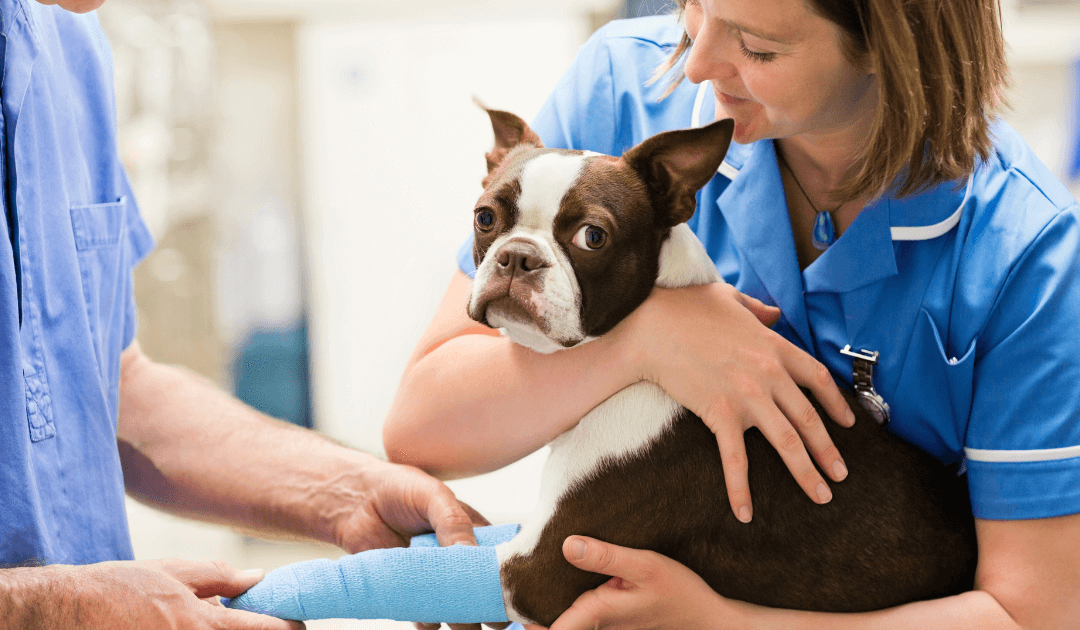
Preventing Future Injuries: How to Protect Your Dog’s Knees After ACL Surgery
Key Takeaways: Dogs With One ACL Tear Are at Higher Risk: Up to 50% of dogs tear the other ACL within two years. Strength Training Helps Prevent Injury: Controlled leash walks, hydrotherapy, and muscle-building exercises support joint stability. Weight Management...
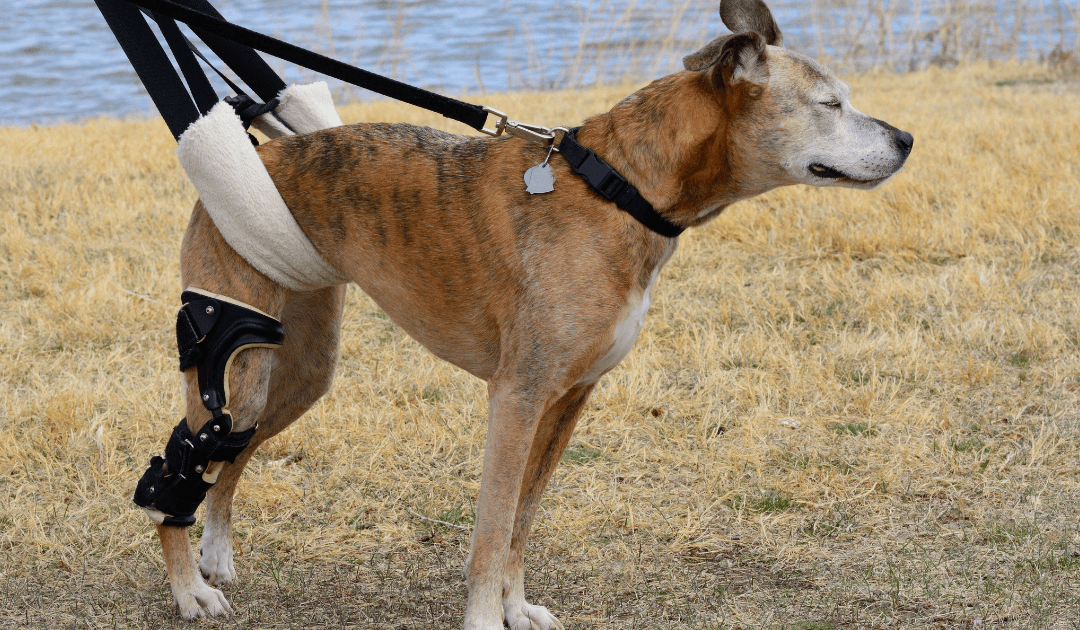
Does My Dog Need ACL Surgery? How to Tell
Is Your Dog Limping? Here’s When ACL Surgery Might Be Necessary Key Takeaways: Signs of an ACL Tear: Limping, stiffness, swelling, toe-touching stance, and difficulty standing or climbing stairs. Diagnosis Methods: Vets use physical exams, X-rays, and MRIs to confirm...
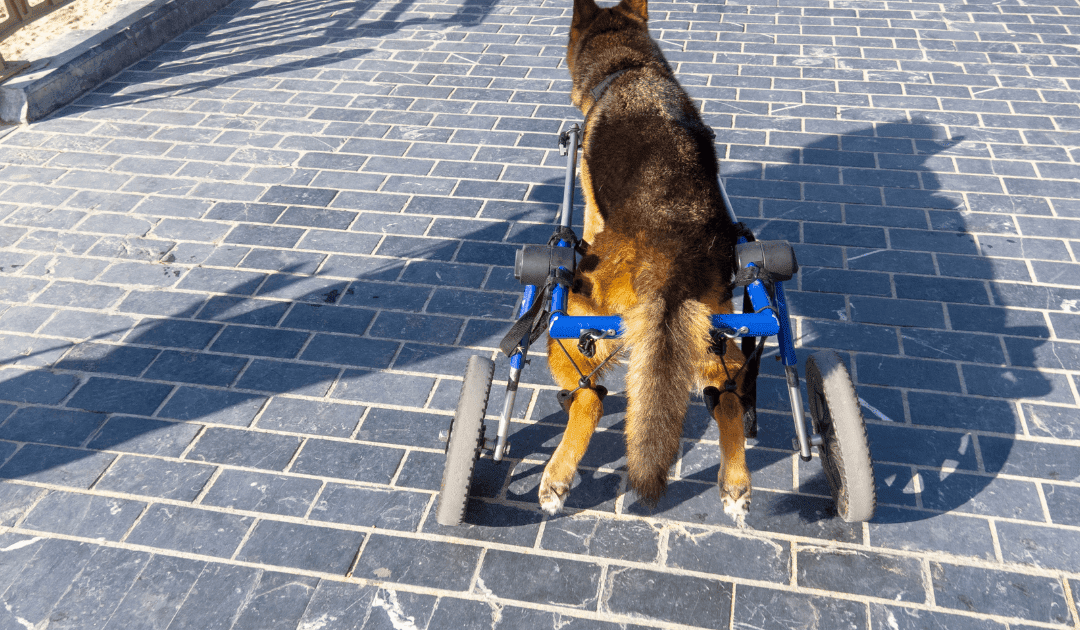
Arthritis vs. ACL Tears: How to Tell the Difference
Key Takeaways: Arthritis Develops Slowly, ACL Tears Happen Suddenly: Arthritis causes gradual stiffness, while ACL tears result in immediate limping. Weight-Bearing Differences: Dogs with arthritis still use the affected leg, while ACL tears cause non-weight-bearing...

The Joys of Adopting a Senior Pet – What to Know Before Bringing One Home
Key Takeaways: Senior pets are calm, affectionate, and often house-trained. Medical care is important—regular vet visits help ensure a healthy, happy life. Comfort is key—orthopedic beds, soft toys, and easy-access litter boxes make a big difference. Patience is...
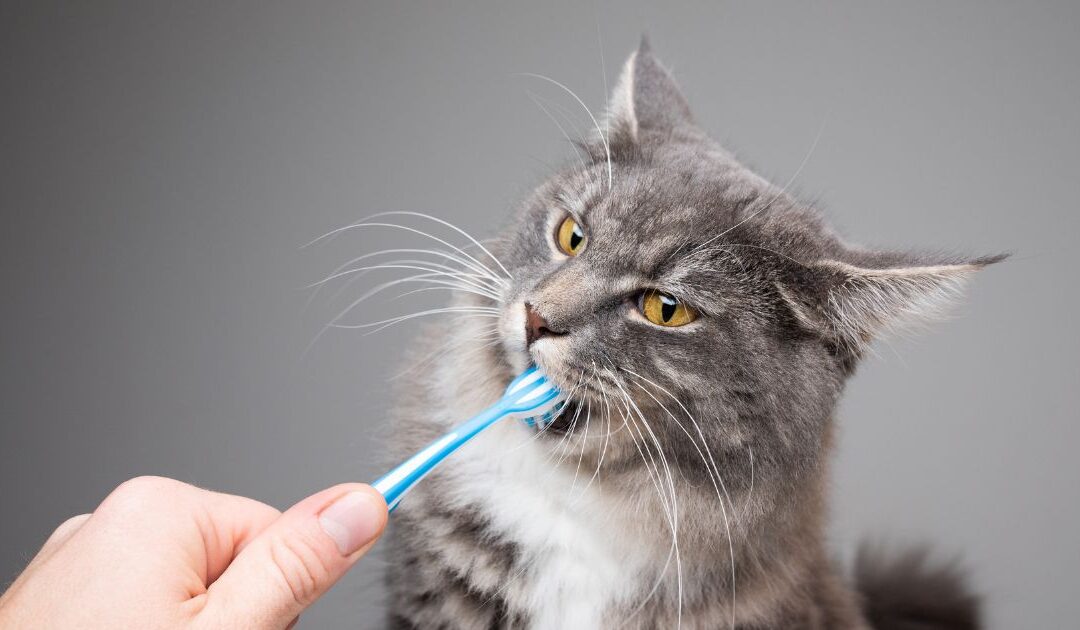
Protecting Your Cat’s Dental Health – Signs, Prevention, and Care
Key Takeaways: Dental disease affects up to 90% of cats over age 4, leading to pain and health risks. Common issues include periodontal disease, stomatitis, and tooth resorption. Regular brushing, dental treats, and vet checkups help prevent dental problems. Signs of...
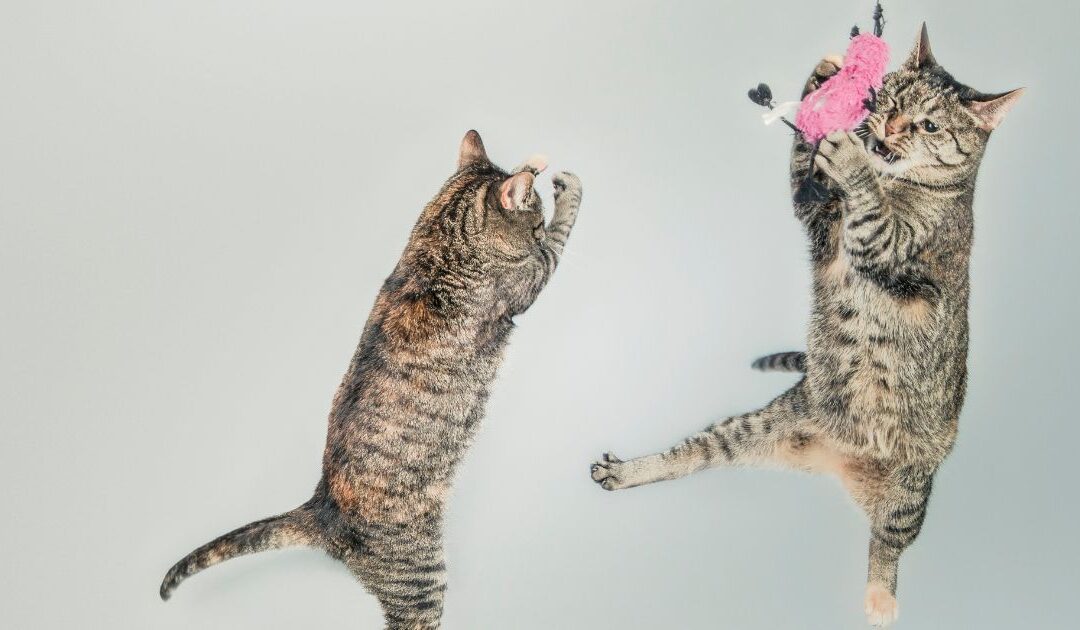
Playing With Your Cat: How to Keep Your Feline Happy and Active
Key Takeaways: Encourages Exercise – Prevents obesity and keeps joints healthy. Mental Stimulation – Reduces boredom and destructive behaviors. Strengthens Your Bond – Builds trust and deepens companionship. Mimics Hunting Instincts – Satisfies their natural prey...

Is your cat plotting to kill you? Understanding Your Mischievous Feline
Key Takeaways: Leg Rubs & Weaving – Affectionate or a tripping hazard? Sudden Attacks – Playful pouncing or secret training? Sleeping on You – Seeking warmth or testing their pinning skills? Knocking Things Over – Curious or chaotic? Bringing "Presents" – A sign...

Caring for Your Flat-Faced Pup – Essential Health Tips for Brachycephalic Dogs
Key Takeaways: Swimming is dangerous – Brachycephalic dogs struggle to stay afloat. Avoid overexertion – Short snouts make breathing difficult. Weight management is critical – Extra pounds worsen breathing issues. Overheating is a major risk – Use cooling mats, shade,...

